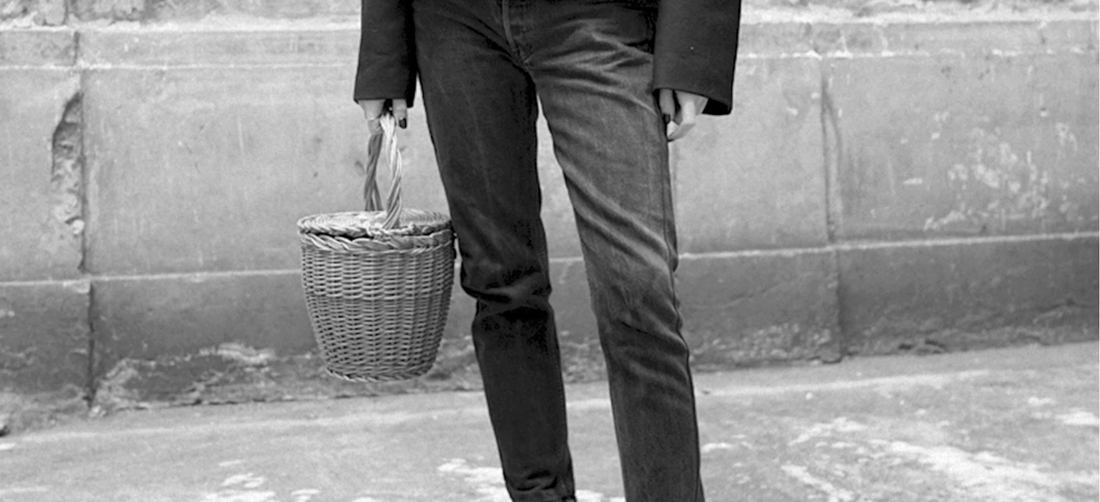Wicker is a material very close to our hearts.
We put our whole hearts into creating the bags and baskets we make for you.
We combine wicker with leather, metal and fabrics to best meet your expectations.
We select appropriate forms, shapes and sizes. But what exactly is wicker?
HOW DID IT ALL START?
The origins of wickerwork date back to ancient times. Wicker products did not require
too much money, so they have gained considerable popularity in most households.
Anyone with time and a bit of manual skills could create any furniture
or wicker storage baskets. Over time, more and more uses for this raw material were found.
Currently, wicker is also used as an energy biofuel in the chemical industry
for obtaining, among others, cellulose, in basketry and decoration.
A SHORT LESSON IN WICKER GROWING
Long story short - wicker cultivation requires little energy and is safe
for the environment and requires only standard planting and harvesting machines.
Isn't that wonderful? But let's get to the point! Wicker is planted by hand in spring, on properly prepared ground,
in the form of cuttings, i.e. from cut bars of older wicker. While the wicker grows,
you should take care of its care carefully: weed control, protection against pests, planting.
The first effects of cultivation usually appear after 2-6 years. When the wicker reaches the appropriate size,
After this time, in the fall, we can start mowing.
AND WHAT'S NEXT?
The cut wicker is tied into bundles and placed vertically into cones. Green wicker is sorted,
due to size. Then, to obtain a light brown-orange color,
wicker undergoes the process of cooking in special cauldrons and then debarking,
i.e. cleaning from bark and bast. The wicker prepared in this way is left to dry naturally,
outdoors, or artificially, i.e. in a drying room. This is a very important stage, protecting the wicker against rotting during storage.
WICKER STORAGE
Dried wicker is tied into sheaves. It is stored in rooms where there is no moisture. Such a room must be constantly monitored to prevent unwanted pests from entering it. However, if the stored wicker is freshly cut and green, the best place for it will be fresh air (in winter) and a cool room (in summer).
HOW ARE OUR BASKETS MADE?
Working with wicker is a pleasure, but it definitely requires patience. All our baskets are woven in the south of Poland by experienced craftsmen. This is a work done entirely by hand, using only
some basic tools. Each basket model has its own wooden form, but no two pieces will be the same. Hand work combined with the unique material of wicker ensures the uniqueness of each basket.
A FEW WORDS ABOUT CARE
The wicker from which the basket is made may have natural delaminations
and natural cracks, but don't worry - they add charm and unique character to the basket.
Over time, your wicker basket will change its shade slightly - usually darkening. To clean it, it's best to start
from removing dust with a vacuum cleaner or a brush intended for dust. Wicker likes cleaning
dry or slightly damp cloth. Small hint: add water to the water in which you soak the cloth
a little lemon juice - it will brighten the wicker. It is not afraid of water, so you can wear it with confidence
your baskets in autumn and winter (like Jane Birkin). Everything sounds too perfect? Because it is.
So what should you watch out for? Wicker is a type of wood, so it has its fragility, that's why
you should not throw the basket or place heavy objects on it so that it does not break.
Besides, we try to make our bags as wicker as possible, that's why
their hinges are made of the same material. When opening, e.g. Ladybag Wicker Basket no.3, remember:
to do this carefully and not to tilt the lid more than 90 degrees. Apart from that, as usual, our golden advice
to each product (and individual): love them and they will stay with you for many years :)


